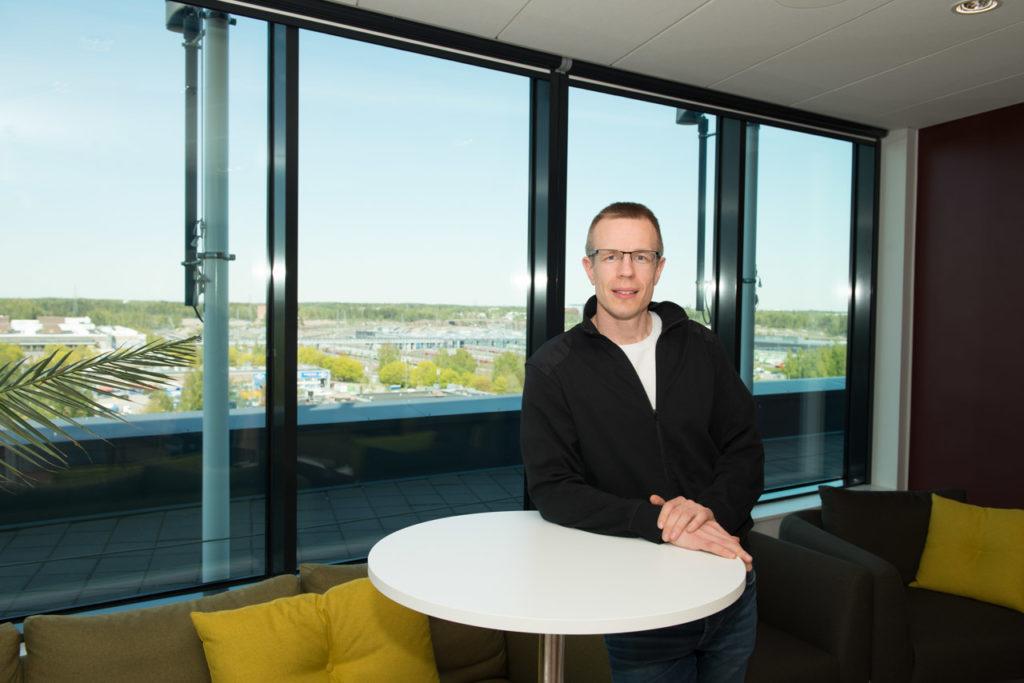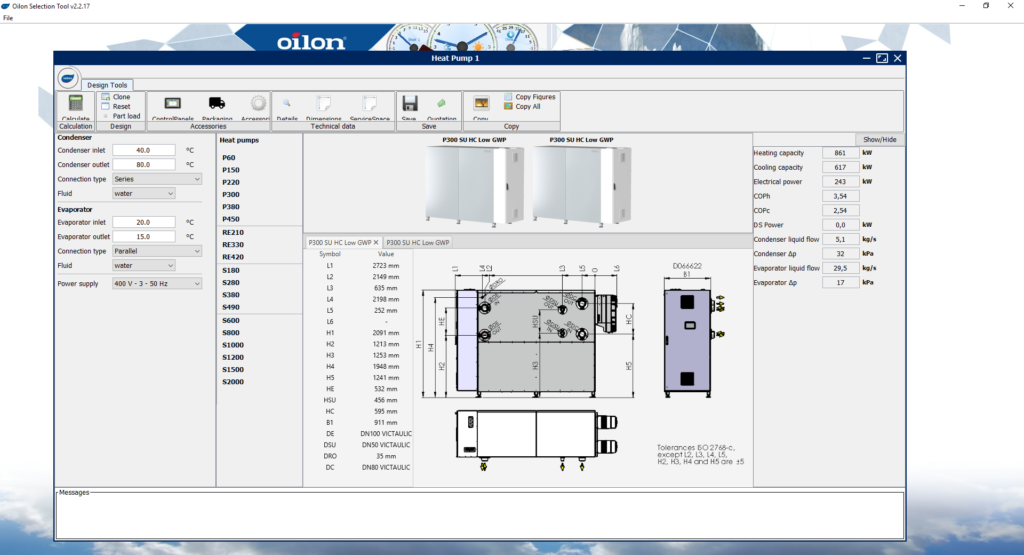Design is getting increasingly complicated, with numerous product options for every variety of building. Designers need to be able to obtain the most accurate information on products quickly and easily.
Oilon manufactures industrial heat pumps and has developed the Oilon Selection Tool program for designers to help them choose the right pump model for each situation. We had the opportunity to hear Sweco’s views on the needs and wishes of the designer.
The future is everyday for Sweco
Sweco is a built environment and industrial engineering company that provides design and consulting services for projects of all sizes. Founded more than 125 years ago in Sweden, today Sweco is the industry leader in Europe and carries out tens of thousands of projects in 70 countries around the world.
Sweco wants to look ahead since the results of its work will only become a reality for most people in the future. The life cycle of engineering solutions for buildings, infrastructure, energy and water is always many tens of years.
Sweco employs 16,000 people worldwide, of whom 2,100 work in Finland. The company’s turnover is EUR 1.8 billion.
The designer is always busy
“There are always countless things to consider when designing energy systems,” says Jussi Alilehto, senior consultant at Sweco. “Heat pumps are complex devices and, at the design stage, one needs to get as accurate information as possible as to how they can be applied to different situations.”
“The traditional catalogue is just not enough. One has to be able to dimension the system accurately and here the only possibility is good software. Devices work differently in different situations and getting the best energy efficiency makes things even more complicated.”
According to Alilehto, the timetable for building real estate is always as short as possible – both in design and on site. The designer has no time to call the manufacturer and ask for details, but the information must be available immediately. If not, the designer moves to the next manufacturer.

Designer deeply involved at the drafting stage
At the first stage, the heating needs and heat loads of the building are the starting point. With a rough draft, the designer will already go deeply into the detail, exploring temperature levels, efficiency and electrical power. For example, if 80°C heat is required, a pump with a maximum of 65°C is out of the question.
“Does this device work best in these circumstances – would the alternative be better,” continues Alilehto, describing the designer’s choices. “The customer wants to know the answer right away.”
“After the rough design has been approved, the designer will focus on more details – different performance values, dimensional drawings, direction of pipe connections and other detail. Customers often point to additional needs at a very late stage and even during construction, plans may have to change.”
“Especially in renovation projects, it is essential to see if the device can fit into the space available and whether it can be transported there. Different desires, such as low GWP refrigerants, must be available at an early stage. The price level is also important and the price level for the budget is needed in the early stages.”
There are many options for implementation
In Alilehto’s opinion, a good selection tool should be quick to use. Many programs are simply slow. If it takes 10 seconds instead of one second, the designer chooses the faster one.
“When designing, it is important to see all the details of the device – electrical features, flow and everything else,” says Alilehto. “This is engineering work, and mere kilowatt details do not tell you anything. There can never be too much information. Of course, it’s a good idea to get a simple version and alternatively an engineering print out. Printouts must also be easy to create – for example, in PDF format.”
“An important feature of the selection tool is also the ability to make versatile configurations, for example, multiple pumps in parallel or in series. The freely model-able options make it easy to optimise efficiency and temperature levels. Occasionally, space constraints may also force the heat pump to be divided into several devices.”

The role of heat pumps will increase in the future
Jussi Alilehto has been employed by Sweco since 2008 and earlier worked in automation contracting. He has seen a wide range of real estates and is often involved in the deployment phase of the systems and in the monitoring of the warranty period. Interested in technology, Alilehto is not afraid to “open hatches” and always wants to understand how the devices work.
“Earlier a building had only a circulating pump and a valve for regulating the amount of heating water,” says Alilehto. “Now the situation is quite different. The more complex the system, the greater the responsibility of the designer. In addition, there should be an entity responsible for the system after the warranty period. It would be best to collect all activity-related data, for example, in the cloud. Monitoring the entire life cycle of a building is vital, and heat pumps play a major and important role in this.”
“It is obvious that the use of heat pumps will increase significantly from the current state. The fresh chance of reducing electricity tax by the Confederation of Finnish Industries is a right step towards electrifying society and reducing burning. ‘Electricity is poison’ is a weird old attitude. Heat pumps and wind power are steps towards an emission-free future.”
